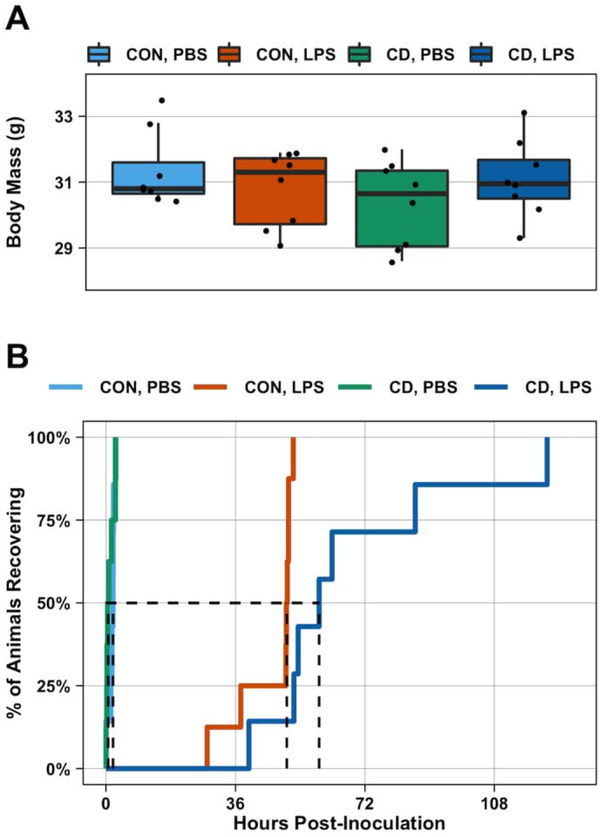Fig. 2: Recovery of body mass following LPS challenge is affected by circadian desynchronization.
After 5 days acclimatization to the behavioral phenotyping system, control and CD mice were weighed (baseline body mass) and then challenged with PBS or LPS (0.4 mg/kg). Baseline body mass did not differ between groups (n = 8 per group) (A). Survival analysis was used to evaluate if lighting condition impacted recovery of body mass to baseline following LPS challenge. While the recovery curves of PBS-treated control (n = 7) and CD (n = 8) mice were not statistically different, there was a statistically significant difference between LPS-treated control (n = 8) and CD (n = 7) mice (B). Dashed line indicates median recovery times. Statistical analyses used one-way ANOVA (A) and pairwise log-rank test with a BH correction for multiple comparisons (B).

